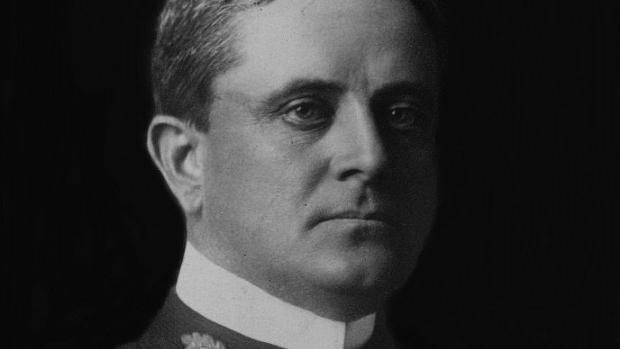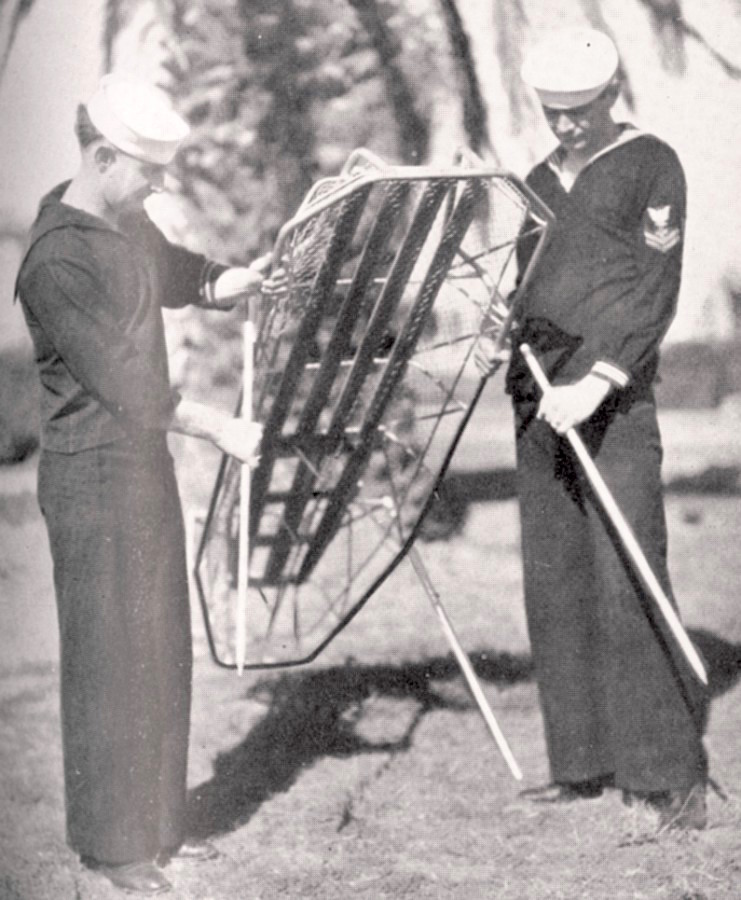Remembering Alum Charles Stokes on National Doctors Day

News emerges regularly from NYU about ambitious collaborative work being done by Tandon researchers and those from the university’s medical, dental, and nursing schools — everything from diagnostic labs on chips to new ways to deliver therapeutic agents into the bloodstream and promote the healing of broken bones.
That is far from a new phenomenon. Tandon graduates have always sought to use their engineering skills for the betterment of society, and many have made important contributions to the field of medicine. In honor of National Doctors Day, we’re taking a look back at Charles Francis Stokes (1863-1931), who earned a degree from what was then known as Brooklyn Collegiate and Polytechnic Institute in 1880.
After leaving Poly, Stokes entered the College of Physicians and Surgeons at Columbia University, and he began treating ambulance patients at the city’s now-defunct Chambers Street Hospital in 1883. Upon his graduation the following year he was appointed house surgeon at Bellevue Hospital.
In 1889 Stokes joined the U.S. Navy as an assistant surgeon and embarked on the most storied period of his career. He was active in three campaigns, serving in Cuba during the Spanish-American War, China during the Boxer Rebellion, and the Philippines during an insurrection there, and from 1903 to 1906 he served as President Theodore Roosevelt’s personal physician.
The first medical officer in naval history to command a hospital ship, he was placed at the helm of the U.S.S. Relief in 1908, following a fierce battle between naval officials who thought such a vessel should be commanded by a line officer and those who believed a medical officer was more suited to the task. The decision was ultimately swayed by Roosevelt, who wanted the Relief to accompany the “Great White Fleet” on its round-the-world goodwill voyage and endorsed Stokes, who was at the time overseeing the U.S. Naval Hospital at San Juan, Puerto Rico. (The Relief's staff provided medical care for the more than 14,000 servicemen of the Fleet before suffering serious damage in a typhoon late in 1908.)
Stokes — who was appointed Surgeon General of the Navy in 1910, taught as a professor of surgery at the Naval Medical School in the nation’s capital and was a founding member of the American College of Surgeons (ACS) — amassed a long string of accomplishments during his lifetime. These included building a naval hospital at Pearl Harbor, instituting measures that virtually eliminated typhoid among servicemen, developing first aid dressing techniques that were used on the frontlines, and writing numerous well-regarded monographs on military and general surgery.

The Stokes Stretcher, arguably one of the oldest medical devices in continuous use by the military. Photo source: Navy Medicine Live
He is perhaps best known, however, for his invention of a revolutionary stretcher, which he was inspired to engineer after witnessing the problems posed by carrying wounded sailors through a ship’s maze of gangways and hatches. “In taking up the subject of the transport of disabled persons one is amazed at the enormous energy that has been expended in that direction, and is disappointed at the crudeness of the devices that have been evolved,” he once wrote of the unwieldy contraptions then in use. The “Stokes stretcher,” as it is still called today, took the form of a large wire basket that allowed patients to be immobilized and carried in the tight quarters of a ship with a minimum of jostling and greater comfort.
Stokes retired with the rank of rear admiral in 1917 and practiced private medicine in New York City for the next decade, until his own health began to fail. (Appointed by the mayor, he also served for a time as the director of the New York City Retreat for Drug Addicts and Inebriates in Orange County.)
The stretcher he invented remains in widespread use today in search-and-rescue missions, although it is now often made from polyethylene. The next time you see news footage of an injured hiker being efficiently carried off a mountainside or survivors successfully airlifted from a sinking ship, remember that the ingenuity of a Tandon graduate made that scenario possible.




